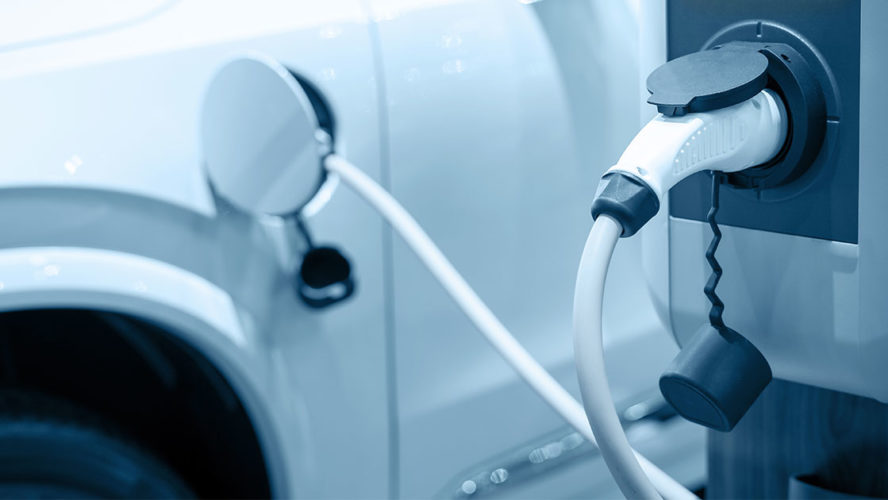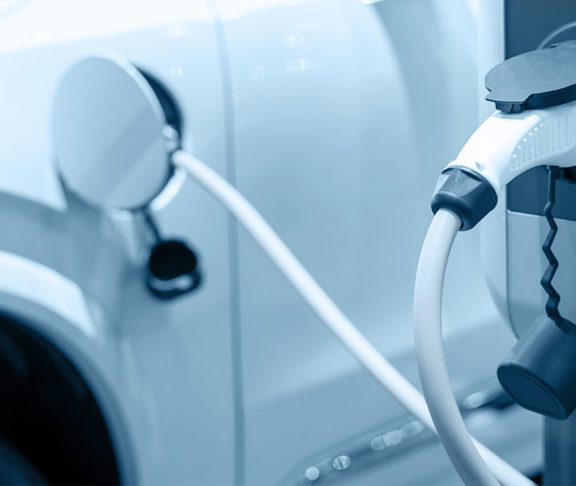The United States is now rolling out a once-in-a-lifetime level of investment to accelerate a fast charging EV adoption by funding EV charging infrastructure.
But there’s a problem: we’re obsessed with speed, and focusing on fast alone isn’t going to cut it. There is absolutely a need for DC Fast Charging (DCFC) along our highway corridors to enable long-distance travel for EVs. However, a broader concept of “fast charging stations” to replace the ubiquitous gas stations we see today is deeply flawed. As humans, we do this all the time: we understand new things based on how they match with things we already know. We know gas stations, and we’re comfortable with the concept of fueling up our cars. It’s tempting to just translate EV “fueling” into the same paradigm. But it doesn’t work.
Regardless of how fast an EV fast charger claims to be, it will always take longer than filling up with gas. EV drivers will tolerate it along the highway. For day-to-day charging, DCFC takes too long to be convenient, but it’s just fast enough that we can’t use that time to go accomplish some other task. Frankly, while the United States can produce enough power, getting it to these charging locations at very high rates is a challenge. We don’t have a gas station where we park in a garage or at our workplaces, but we do have electricity there — and most automobiles in the United States spend the vast majority of their time parked.
Distributed charging
We need to shift our thinking from EV charging as a destination (like going to the gas station) and instead start focusing on how we can bring charging to where the cars are already parked. Distributed charging, at lower power, will provide a virtually endless range for EVs. Distributed charging also enables smart and manageable grid expansion to support broad EV adoption.
What do I mean by distributed? Imagine if you go run errands, and for every short stop — at the grocery store, daycare, drugstore, or vet — you could get a little “snack” of power. Just by parking, your EV could top off the battery. Now, if you had to wrangle with a plug for each of these stops you probably wouldn’t do it. However, with wireless charging, there’s no wrangling or fussing — you simply park. Only wireless charging enables the concept of distributed charging to work. Today’s cities already have electrical power on the streets — streetlights, for example. Wireless charging can be installed curbside, and it wouldn’t have to look like gas station monoliths, either. The “plumbing” could be disguised in bus stop benches, flower planters, and light poles, with the charging pads installed in the ground, impervious to snowplows and vandalism. No spaghetti mess of cables draped across sidewalks!
There is also a need for public charging to be more accessible. Imagine living your life in a wheelchair, wanting to charge your EV, and encountering a charger that’s elevated and behind a tall curb. How are you supposed to get to the charger? Or deal with tangled cords in rain or snow? Or even 100-degree days in mid-summer? Wireless charging is truly accessible; if you can drive, you can park — and that’s all that is required to charge.
Instead of chasing “charge-mageddon” with a DC fast charger arms race, solely building an infrastructure where people charge with the same mentality of gassing up, public policy must support charging infrastructure where the cars are already parked.



